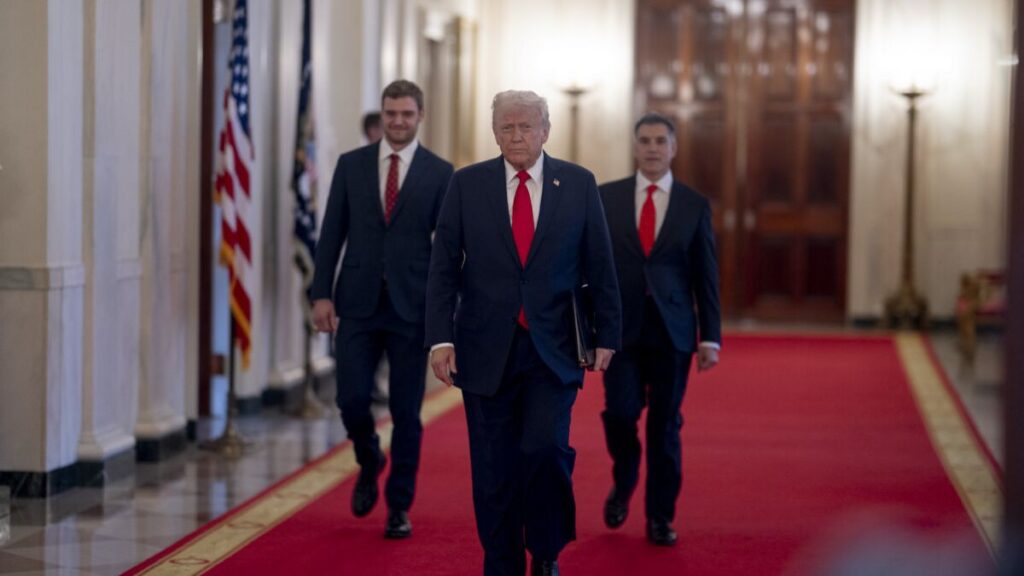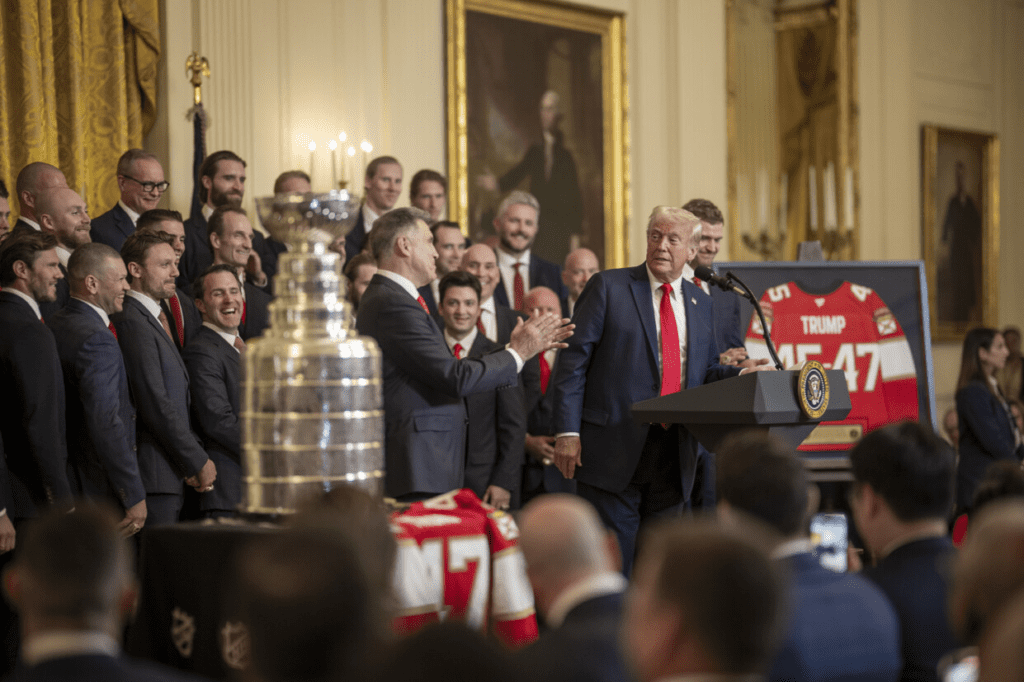The tariff policy introduced by President Donald Trump has caused confusion and frustration both domestically and internationally. The primary motivations behind these tariffs, along with their economic and geopolitical impact, are complex and sometimes contradictory. However, there are clear goals underlying the policy and significant challenges associated with its execution. Below, we break down the rationale behind Trump’s tariff strategy and the issues that have emerged as a result.
1. The Purpose Behind Trump’s Tariffs

Trump has used tariffs as a tool to achieve three key objectives:
A. Revenue Generation
One of Trump’s main reasons for imposing tariffs is to generate revenue for the federal government. With the United States running a large budget deficit, the president has positioned tariffs as a means to offset lost revenue, particularly following the 2017 tax cuts. In speeches, Trump has expressed confidence that tariffs will bring in hundreds of billions, or even trillions, of dollars for the US Treasury.
B. Balancing Trade
Trump has consistently criticized the United States’ trade deficit, which is the gap between what the country imports and exports. His focus has been on reducing this deficit by implementing tariffs on goods from foreign countries. By applying punitive tariffs, he aims to push countries like China, Canada, and Mexico to reduce the gap and bring trade into better balance. The ultimate goal is to protect American jobs and industries that are losing out to foreign competition.
C. Leveraging Geopolitical Power
Tariffs can also serve as a geopolitical tool to force foreign countries into agreements favorable to US interests. For example, Trump used tariffs as leverage in negotiations with Mexico and Canada, pushing them to take actions to curb illegal immigration and the flow of fentanyl. This tactic—coercive diplomacy—hopes to achieve policy changes in areas that extend beyond trade, such as national security.
2. Challenges in Implementing the Tariff Strategy
While the objectives behind Trump’s tariff policy are clear, the practical execution has faced significant challenges:
A. Contradictory Objectives
The tariff strategy often struggles with internal contradictions. For instance, if a country like Mexico or Canada agrees to reduce illegal immigration or take other actions, it could lead to a temporary suspension of tariffs. However, this undermines the goal of generating revenue through consistent tariffs. Additionally, pursuing reciprocal tariffs—where the US imposes tariffs in response to tariffs from other countries—can lead to trade wars that harm American businesses and consumers. The goal of balancing trade also becomes difficult to achieve when tariffs provoke retaliatory measures from other nations.
B. Economic Impact: Inflation and Slowdown
Many economists have raised concerns about the long-term economic consequences of Trump’s tariffs. The additional costs imposed on foreign goods could increase inflation in the US, raising prices for consumers and businesses alike. Furthermore, higher costs can slow down economic growth by reducing the purchasing power of American consumers and disrupting global supply chains. The situation is further complicated by uncertainty surrounding which goods will be subject to tariffs, making it difficult for businesses to plan.
C. Global Retaliation
Retaliatory tariffs from trading partners pose a significant threat to the US economy. China, for example, has already responded to US tariffs with their own set of tariffs on American goods, such as chips and metals. Other countries like the European Union may follow suit. This tit-for-tat approach could escalate into a trade war, further hurting both sides’ economies, with the risk of a damaging global trade slowdown.
3. Key Tariff Actions and What to Expect Next

Trump has already made several significant moves in his tariff strategy, and more are expected to follow:
A. Tariffs on Chinese Goods
The United States has imposed a 10% tariff on all Chinese goods, in addition to existing tariffs. The rationale behind these tariffs is to address the trade deficit with China and to push the country to change its policies on intellectual property theft and forced technology transfers. However, China has retaliated with tariffs on US goods, creating an escalating cycle of trade conflict.
B. Steel and Aluminum Tariffs
The US has also targeted specific industries, such as steel and aluminum. The goal is to protect domestic industries from cheap imports, particularly from China, which has been flooding the market with low-cost steel. While these tariffs have led to some increases in domestic production, they have also resulted in higher prices for consumers.
Read More: The Mystery of Trump’s Demands: What Does He Really Want from Canada and Mexico?
C. Reciprocal Tariffs
In the coming days, Trump has hinted at introducing reciprocal tariffs—matching tariffs dollar-for-dollar on products from other countries. This would mean that if a country imposes tariffs on US goods, the US would retaliate in kind, effectively creating a direct trade war. This approach could have widespread consequences for global markets, and the outcome remains uncertain.
D. Possible Expansion to Other Countries
Trump has hinted at expanding tariffs to additional countries, including the European Union, which could lead to broader international economic strain. Furthermore, Trump’s rhetoric surrounding tariffs has even extended to non-economic areas, such as his suggestion that tariffs could be used to pressure Denmark into selling Greenland to the United States.
4. The Bigger Picture: Economic and Geopolitical Risks

While tariffs are presented as a way to protect American workers, the broader geopolitical and economic consequences must be considered:
A. Global Supply Chains
The global economy operates on highly interconnected supply chains. Imposing tariffs on goods from key trading partners can disrupt these supply chains, making it harder for US businesses to obtain raw materials and components at competitive prices. This can have a domino effect, raising costs across various industries.
B. Strategic Alliances and Tensions
Tariffs also strain relationships with key US allies. For instance, European Union countries, traditionally strong economic and political partners, have been directly threatened with tariffs. Such moves undermine the diplomatic efforts to build strategic alliances and could cause long-term friction, especially in international forums like the World Trade Organization (WTO).
A Double-Edged Sword
President Trump’s tariff policy is a bold and multifaceted strategy that seeks to achieve a range of objectives—raising revenue, balancing trade, and leveraging geopolitical power. However, the conflicting goals and challenges inherent in the strategy create uncertainty for both businesses and foreign governments. The global economic implications of widespread tariffs could potentially lead to a trade war, resulting in negative consequences for all parties involved. The success of Trump’s tariff strategy depends largely on how well these conflicting goals are balanced and whether other countries can be persuaded to negotiate without resorting to further retaliation.
Read More: Trump’s Geopolitical Chess: Allies Left with Few Good Moves







